Course Description
PHY 202: Electric Circuits Unijos Handout, Pdf is designed to provide students with a foundational understanding of electric circuits, including both theoretical principles and practical applications. This course typically covers the analysis and design of basic DC and AC circuits, introduces semiconductor devices, and explores the fundamentals of digital electronics.
Course Structure
- Introduction to Electric Circuits
- Basic Concepts: Charge, current, voltage, and power
- Ohm’s Law: Relationship between voltage, current, and resistance
- Circuit Elements: Resistors, capacitors, inductors, and sources
- DC Circuit Analysis
- Series and Parallel Circuits: Analysis techniques and applications
- Kirchhoff’s Laws: Kirchhoff’s Voltage Law (KVL) and Kirchhoff’s Current Law (KCL)
- Network Theorems: Thevenin’s and Norton’s theorems, superposition theorem
- Capacitance and Inductance
- Capacitors and Inductors: Behavior and applications in circuits
- Transient Response: RC, RL, and RLC circuits’ transient analysis
- AC Circuit Analysis
- Sinusoidal Steady-State Analysis: Phasors and impedance
- AC Power: Average power, reactive power, and power factor
- Resonance: Series and parallel resonance in RLC circuits
- Semiconductor Devices
- Diodes: Characteristics, types, and applications (e.g., rectifiers)
- Transistors: Bipolar Junction Transistors (BJTs) and Field-Effect Transistors (FETs)
- Operational Amplifiers: Ideal op-amp characteristics and basic configurations
- Digital Electronics
- Logic Gates: AND, OR, NOT, NAND, NOR, XOR, and XNOR gates
- Boolean Algebra: Simplification of logic expressions
- Combinational and Sequential Circuits: Adders, multiplexers, flip-flops, and counters
- Practical Applications
- Signal Processing: Filters, oscillators, and amplifiers
- Circuit Design: Design and simulation of circuits using software tools
- Laboratory Experiments: Hands-on experience with circuit assembly and testing
Learning Outcomes
By the end of this course, students should be able to:
- Understand and apply the fundamental principles of electric circuits.
- Analyze and solve complex DC and AC circuit problems.
- Understand the behavior and applications of semiconductor devices.
- Design and analyze basic digital circuits.
- Perform experiments and simulations to reinforce theoretical knowledge.
Assessment Methods
- Exams and Quizzes: To evaluate theoretical understanding and problem-solving skills.
- Homework and Projects: To apply concepts to practical problems and circuit design.
- Laboratory Work: To develop hands-on skills and practical understanding of circuit behavior.
- Class Participation: To encourage engagement and active learning.
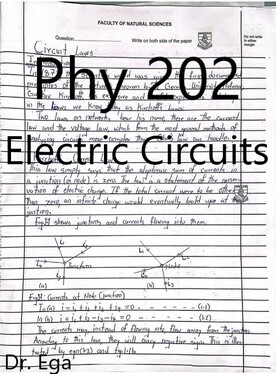
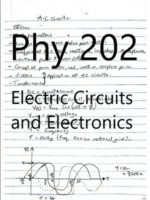
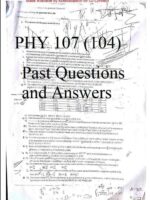
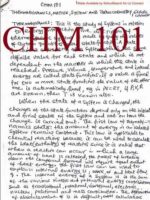
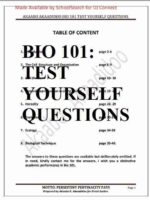
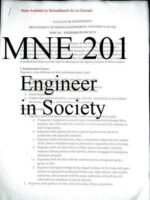


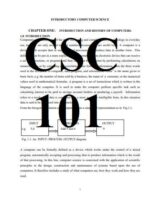
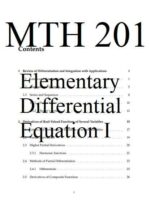
Be the first to review “Phy 202: Electric Circuits”